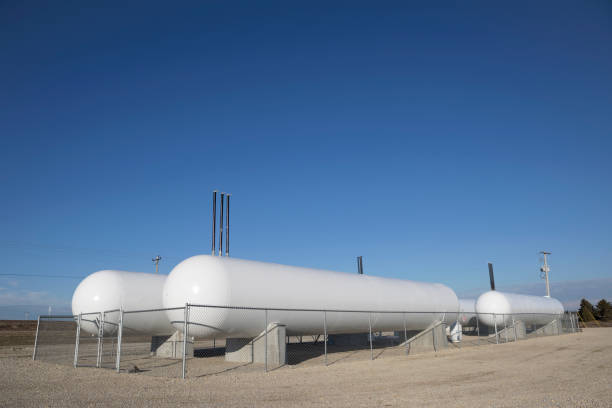Why Are U.S. Propane Prices Rising? What It Means for Your Business

The U.S. propane market is seeing a price surge, and many in the industry feel the impact. With propane being a key fuel source for homes, businesses, and industrial operations, understanding why prices are rising is essential. A significant factor behind this price increase is the growing level of U.S. propane exports, which is affecting supply and demand dynamics within the country.
The Role of Rising Exports in Higher Prices
The U.S. has become a leading supplier of liquefied petroleum gas (LPG), including propane, to global markets. Many countries, particularly Asia and Europe, rely on U.S. propane for heating, cooking, and petrochemical production. As exports increase, less propane remains available for domestic consumption, which naturally drives prices higher.
The growing demand for U.S. propane on the international market means suppliers prioritize overseas shipments, creating a tighter supply for U.S. consumers. This trend has developed over the years, but recent export spikes have made the effects even more noticeable.
How Lower Inventories Contribute to Price Increases
Propane inventories in the U.S. are running lower than usual, adding more pressure to prices. The industry typically builds up supply during the warmer months in preparation for higher winter demand. However, with increasing exports and strong domestic consumption, storage levels have not risen as expected.
When inventories are low, disruptions such as extreme weather, transportation issues, or production slowdowns can cause sharp price spikes. This makes it essential for propane businesses to monitor inventory trends and plan for potential supply constraints.
Weather and Seasonal Demand Play a Role
Cold weather naturally increases propane demand, especially in regions widely used for home heating. During the winter months, residential and commercial propane usage tends to rise, putting additional strain on an already tight supply. If the winter is harsher than expected, prices climb even further as demand outpaces available supply.
In addition to heating demand, agricultural use of propane spikes in the fall for crop drying, adding another layer of seasonal pressure. When demand from multiple sectors peaks simultaneously, it amplifies price volatility.
What This Means for Propane Businesses
Rising prices and tighter supply can present challenges for propane distributors and retailers. Higher wholesale costs mean businesses must carefully manage pricing strategies while maintaining customer satisfaction. Here are a few steps businesses can take to navigate the current market:
Plan for Supply Needs: Securing propane contracts early can help businesses avoid last-minute price spikes. Working with reliable suppliers and monitoring inventory levels closely can help prevent shortages.
Educate Customers on Pricing Trends: Being transparent with customers about rising prices helps build trust and prepares them for potential increases in heating or fuel costs.
Explore Pricing Strategies: Fixed-price contracts or pre-buy options can offer customers stability while helping businesses manage costs more effectively. Offering budget plans can also help customers spread out their expenses.
Invest in Efficiency: Optimizing delivery routes and reducing fuel waste can help offset higher costs. Technology solutions like real-time tracking and automated delivery scheduling can improve operational efficiency.
Looking Ahead: Will Prices Stabilize?
The future of propane prices will depend on multiple factors, including export trends, domestic production levels, and weather conditions. Prices may stay elevated if exports continue to rise while inventories remain low. However, the market could see some relief if production ramps up or global demand slows down.
Propane businesses that stay informed and proactive will be better positioned to handle market fluctuations. By keeping a close eye on supply trends and making strategic decisions, companies can continue to serve customers effectively while managing the impact of higher prices.













